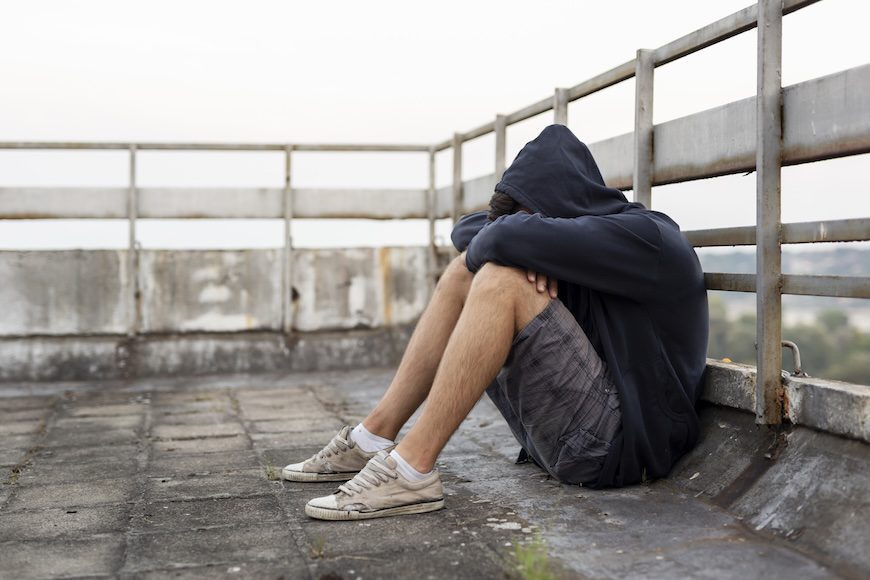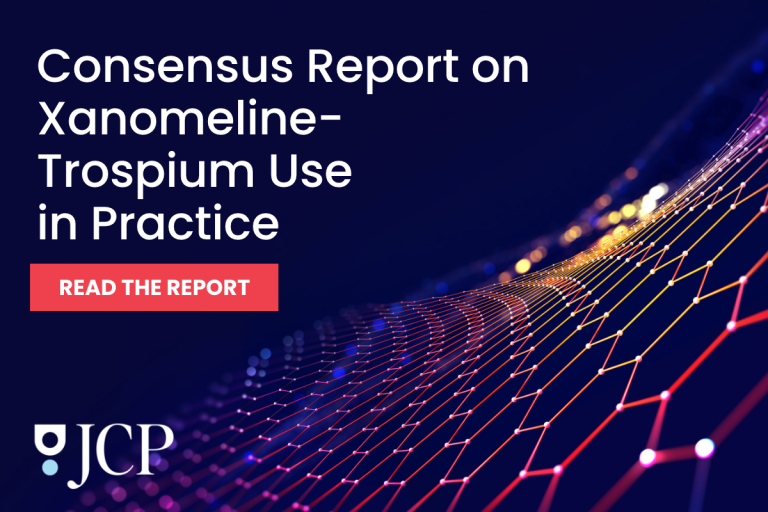This week, we uncover a disturbing PTSD trend, a new benefit to ketamine treatment, and the risks of antihistamines.
Study Implicates Social Strain, Loneliness, and Coping Gaps
A new Journal of Clinical Psychiatry study sheds light on why younger U.S. military veterans are much more likely to struggle with posttraumatic stress disorder (PTSD) than their older peers.
Breaking down the data from more than 4,000 participants in the National Health and Resilience in Veterans Study, researchers found that veterans under 50 were nearly three times as likely to screen positive for PTSD compared to those 50 and older (14.7% vs. 4.9%).
But age alone wasn’t the driving force. The research team discovered that 90% of the elevated risk could be traced back to psychosocial and trauma-specific factors.
Psychosocial challenges topped the list, accounting for 43% of the increase. Relationship strain, occupational difficulties, and impaired daily functioning all played significant roles. Loneliness followed closely, explaining nearly a quarter of the age-related difference.
Maladaptive coping strategies – especially avoidance and substance use – also contributed, along with adverse childhood experiences and severe combat exposure.
Secondary analyses underscore how interpersonal relationship problems and childhood physical abuse reinforced vulnerability among younger veterans. Demographic shifts – such as greater racial diversity and more female representation – might also contribute to higher risk rates, given higher PTSD rates historically found in these groups.
The findings suggest that interventions for younger veterans should extend beyond trauma-focused therapy to include efforts that build resilience, strengthen social support, and target maladaptive coping.
As lead author Robert Pietrzak, PhD, noted, addressing these psychosocial dimensions could be critical to reducing the disproportionate PTSD burden among the nation’s younger veterans.
IN OTHER PSYCHIATRY AND NEUROLOGY NEWS
- A new study found that ketamine treatments cut suicidality-related ER visits by up to 84% in patients with treatment-resistant depression.
- Antihistamines can be effective but carry risks and require dose adjustments in patients with medical comorbidities.
- The Primary Care Companion for CNS Disorders documents the case of a 17-year-old girl who presented to the psychiatry ED for confusion and agitation following recent cannabis use.
- Original research in JCP discusses the link between higher body fat during pregnancy and increased depression and anxiety symptoms.
- And, last but not least, the latest installment in our periodic series on “Emerging Approaches in Schizophrenia.”



